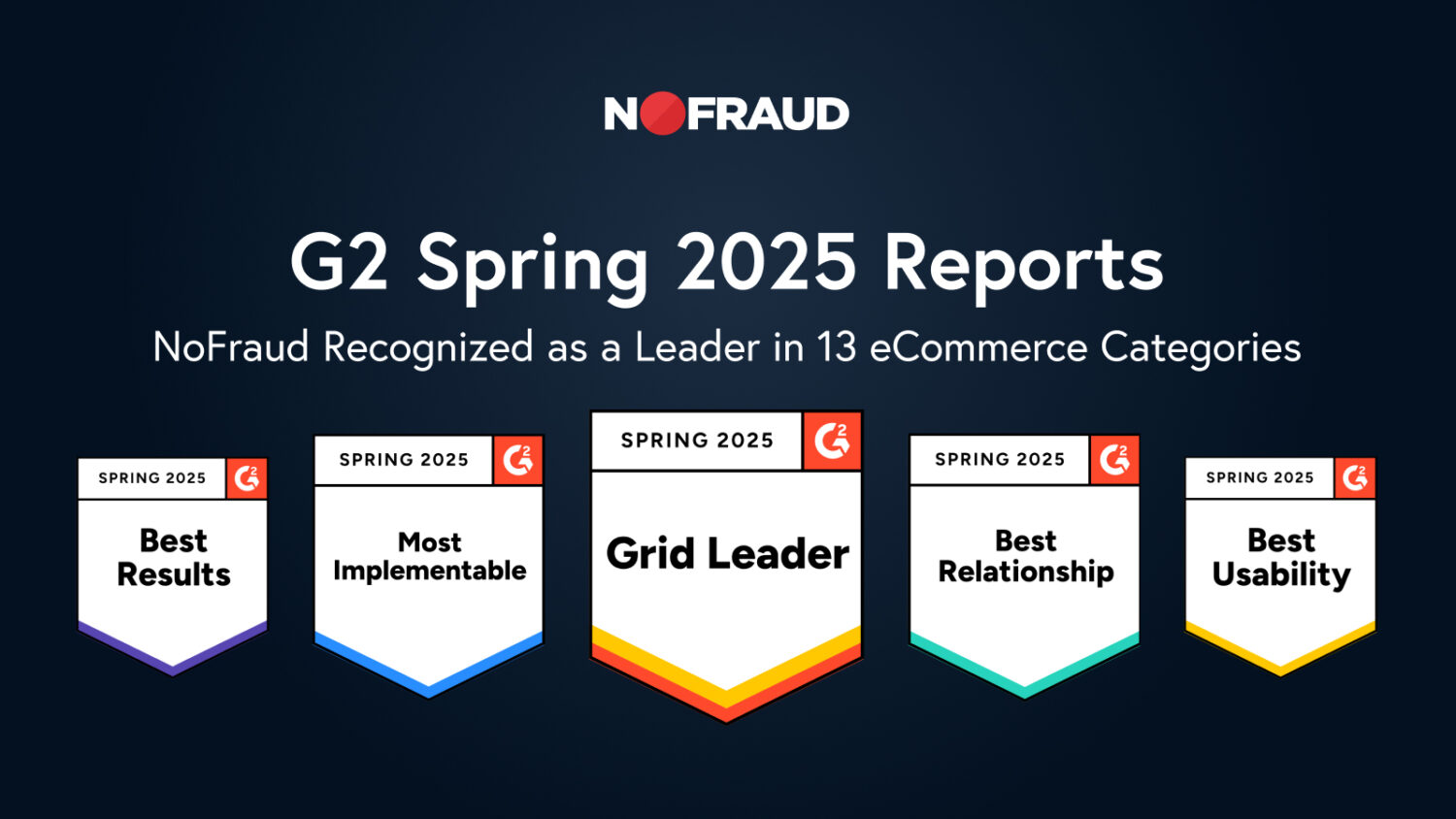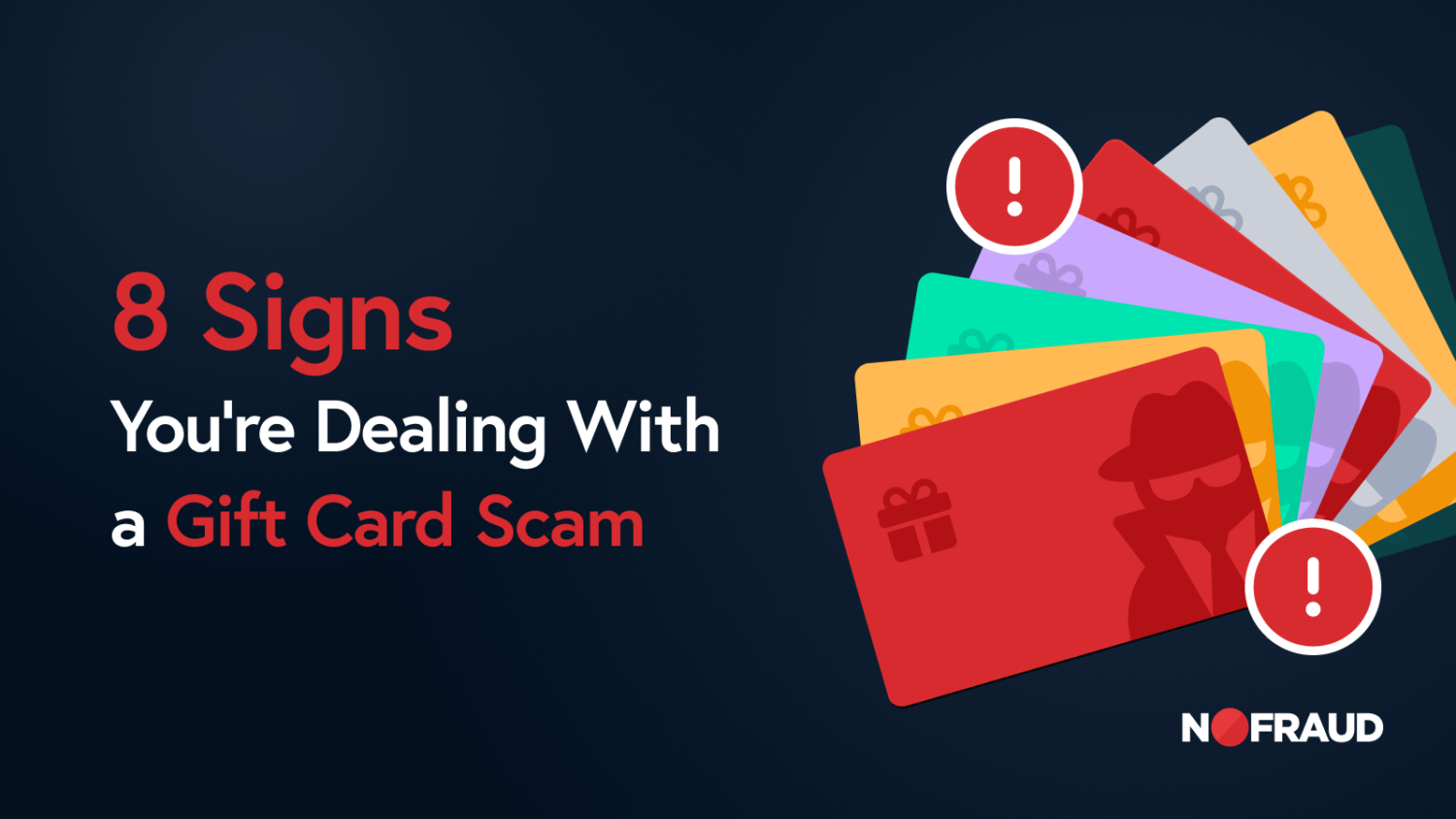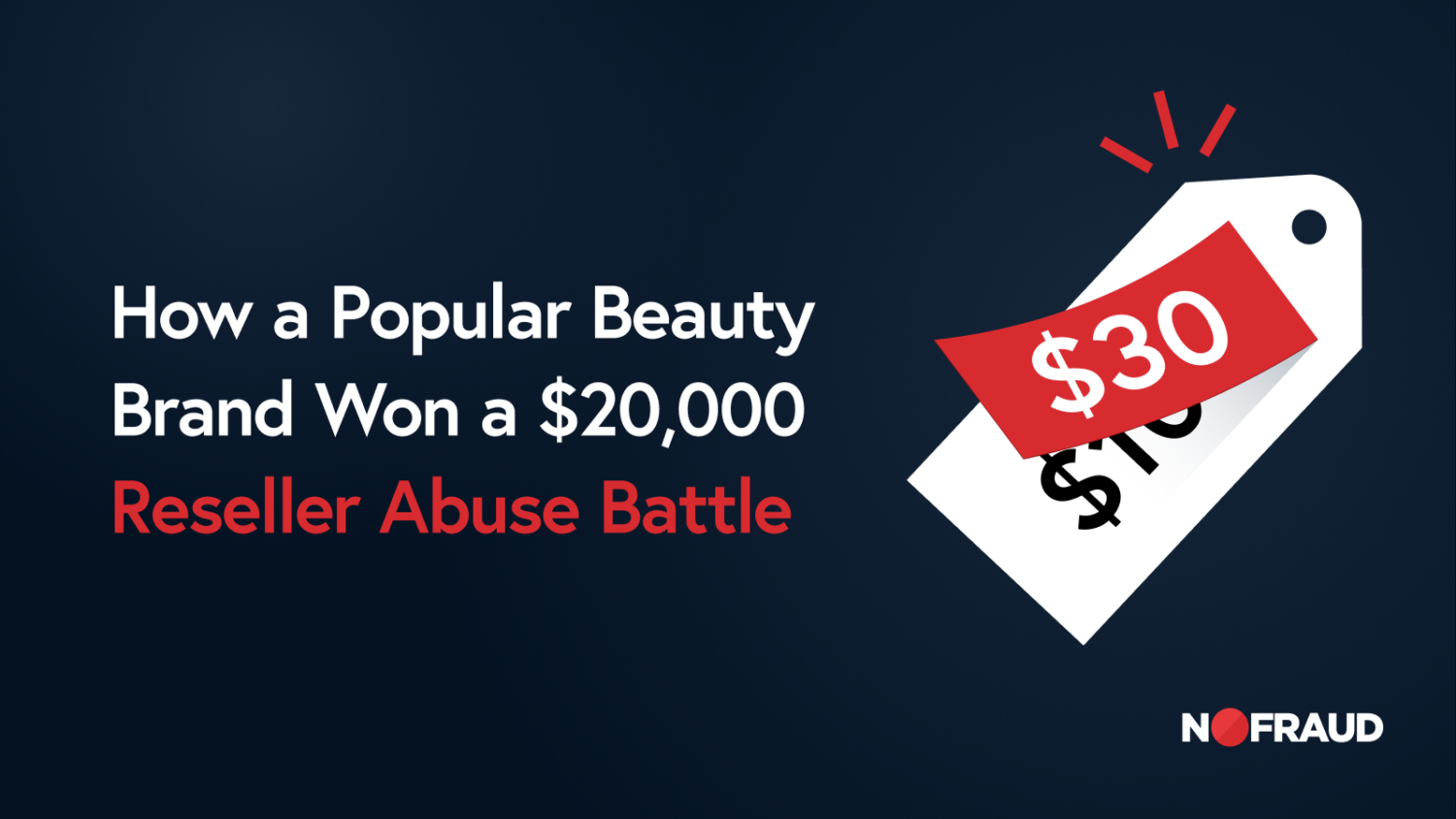Trust is an important factor for consumers when it comes to deciding whether or not to shop with a merchant. According to the Edelman Trust Barometer Report, 81% of consumers reported brand trust as a deciding factor or deal breaker when it comes to considering a purchase. Building trust is an important first step in creating customer loyalty.
When brands build trust, customers reward them. Research shows that consumers will spend an average of 25% more on trusted brands. Trust breeds loyalty and loyal customers become your best advocates. On the flip side, bad customer experiences can easily become a leaky pipe that bleeds revenue with negative compounding effects. With 62% of consumers citing that they share bad experiences with others, building trust with customers is an entire organization’s responsibility.

To build trust, we must focus on building a flawless customer experience — one that makes it easy to purchase with the proper tooling, processes, and communications in place. For fraud teams, here are three ways your fraud prevention efforts can establish trust and build an army of loyal customers, all while mitigating risk.
Approve More Orders With Real-Time Fraud Screening
The cost of false positives is real. Not only does it cause friction in the buying process, 39% of shoppers who are falsely declined choose to never return to that store again. Real-time fraud screening reduces the likelihood of false positives, which can frustrate and inconvenience customers. By accurately identifying and preventing fraudulent transactions, you can avoid mistakenly flagging legitimate transactions as fraudulent and alienating customers.
When shopping for the right real-time fraud screening solution, be sure it has the ability to allow you to do the following:
- Review and adjust rules: If the fraud detection system has overly strict rules, it may flag legitimate transactions as fraudulent. For example, if the system is set to flag all transactions from certain countries or IP addresses, it may incorrectly flag legitimate transactions as fraudulent. Merchants need the ability to review their fraud detection rules and adjust them as needed to reduce false positives. This can include revising thresholds for certain types of transactions or adjusting rules to reflect changes in customer behavior.
- Monitor transactions: Monitoring transactions in real-time can help businesses quickly identify and resolve any issues caused by false positives. Sometimes legitimate customers may exhibit unusual behavior that triggers the fraud detection system. For example, a customer may make a large purchase for the first time or use a credit card that they haven’t used before.
- Proactive review: The best fraud screening solutions combine powerful AI models with proactive human oversight to generate accurate ‘pass’ or ‘fail’ decisions. Over-relying on automation to pass/fail orders can leave merchants declining good orders if their risk thresholds are too conservative; while aggressive thresholds can leave merchants with increased chargebacks, penalties from payment processors, and more fraud attempts. Risk thresholds should allow for a “grey” area of orders that are left to fraud analysts to review, allowing for more legitimate customers to complete purchases.
Without customized rules and leveraging human expertise for proactive review, too many ecommerce shops miss out on good orders. Here are some real life examples:
- A scooter shop sees a spike in attempted purchases by a segment that has a criminal record for DUIs. The rules they’ve set have automatically rejected these orders, but the purchases are legitimate as shoppers need the scooters for transportation since they could no longer drive.
- A popular streaming service has customers curious to watch shows from other regions. The customers use a VPN to access the new content. They are then flagged for fraud and rejected from using the platform.
Minimize Cart Abandonment With Simplified Checkout Experiences
Too many merchants ask all of their shoppers to input more fields than necessary, creating a more complicated process for everyone — regardless of their risk. A Baymard study shows that most sites only need 8 form fields, yet the average is 11.8; and 17% of cart abandoners leave because of long or complicated checkout processes.
Put trusted shoppers on the fast track by following these best practices to simplify the checkout experience:
- Remove unnecessary fields: Fields not needed for purchasing or fulfillment purposes should be removed from view. Set your form to provide address suggestions from a provider like Google Maps to assist shoppers and eliminate typos. Billing address and phone number requests can add unnecessary friction, and are not required for trusted customers.
- Create an inviting, sleek design: Make every element necessary to complete the purchase immediately obvious to the shopper. Simplify fields, make shipping and payment preferences easily selectable, and display cart and pricing alongside checkout. Make your return policy viewable within the checkout experience, as well. A clear and concise design elicits trust and confidence in your site’s security. Also, be sure to add a prominent ‘Submit Order’ button to ensure the end is in sight from the start.
- Optimize for mobile: Cart abandonment is highest on mobile devices (85%), despite mobile driving 68% of commerce. While a smartphone offers easy online browsing, completing a complicated checkout on a phone is often too uncomfortable for consumers. Optimize checkout design so that it’s compact and fits neatly on a mobile screen, enabling shoppers to checkout effortlessly from their phones.
- Screen orders pre-gateway: To ensure maximum approvals, be sure to have pre-gateway fraud prevention working in sync with a dynamic checkout that prompts customers to fix typos or incorrect information in real-time. An important note: Most fraud prevention solutions screen orders post-gateway and do not provide merchants or consumers with an opportunity to redeem a rejected order.
- Set up dynamic fields: Only orders displaying elevated risk factors should be asked for more information. Create a checkout experience that allows additional fields to dynamically appear, allowing customers to correct information that raises suspicions of fraud from their order. This provides merchants with effective fraud protection, simultaneously ensuring every possibility of legitimizing the riskiest orders.
- Ensure compatibility with third-party payment platforms: 9% of checkouts are abandoned due to the unavailability of the consumer’s preferred payment option. To reduce cart abandoners, be sure to offer the most popular third-party payment options. Third-party payments are favored by many consumers as a welcomed alternative to creating yet another store account.
- One-click checkout: Don’t make account creation or sign-in a requirement. Set your forms up to autofill address and payment information. A solution like NoFraud uses data recognition technology and a proprietary data loop to autofill key information from recognized customers so they are quickly ushered through checkout in one click.
A good checkout experience enables customers to complete orders swiftly and with ease. A speedy checkout has a significant impact on revenue, as 44% of online shoppers choose which online businesses they buy from based on the overall checkout experience. What’s worse is more than half (53%) of all consumers say that a poor checkout experience will result in them not purchasing from that business again.
Communicate the Purpose and Benefits of Fraud Prevention Measures
Customers want to know that their personal and financial information is safe when they do business with you. By providing clear and proactive communication about your fraud prevention measures, you build trust and confidence in your brand. In fact, a study by Edelman found that 76% of consumers would pay attention to communications from a trusted brand, while only 48% would pay attention to communications from an untrusted brand.
Build trust and earn the attention of customers. With earned attention, your marketing efforts will be more effective. Some ways to do this as part of your fraud prevention strategy include:
- Clearly and proactively communicate your fraud prevention measures. Explain how they work, why your business is implementing the measures, and the benefits to customers.
- Be transparent about the types of fraud you’re seeing. Communicate any upticks in fraud to customers and educate them on how to protect their sensitive data. And of course, remember how to concisely state how your business is responding to it.
- Make it easy for customers to report suspicious activity. Provide clear instructions on how customers can report fraud. This could include providing a dedicated phone number, email address, or online form for reporting.



